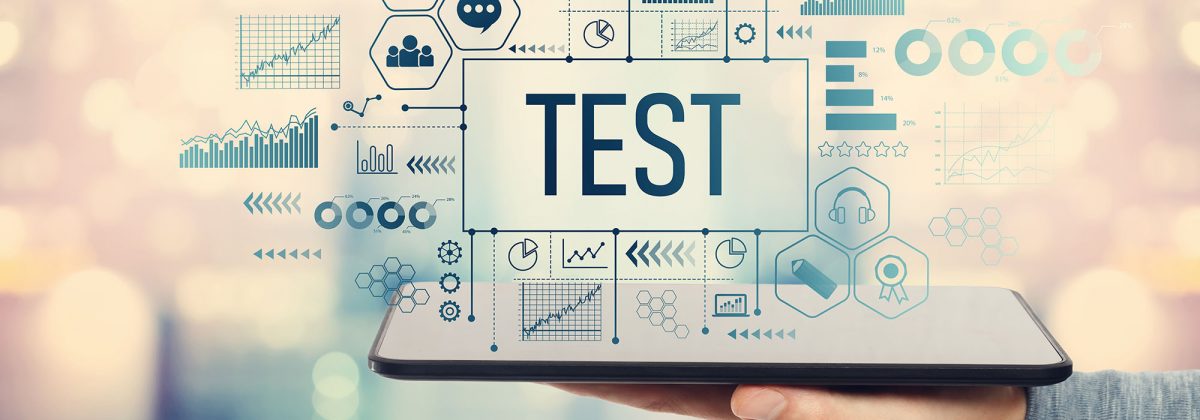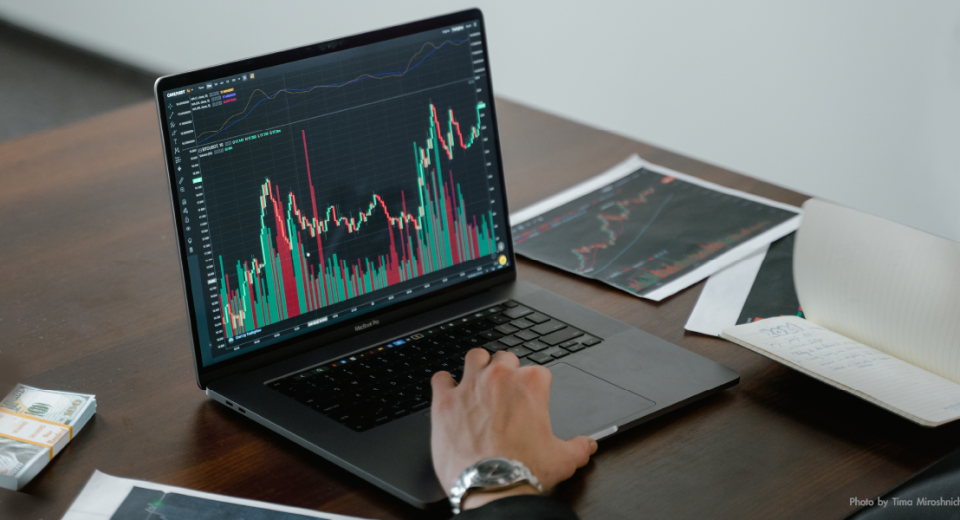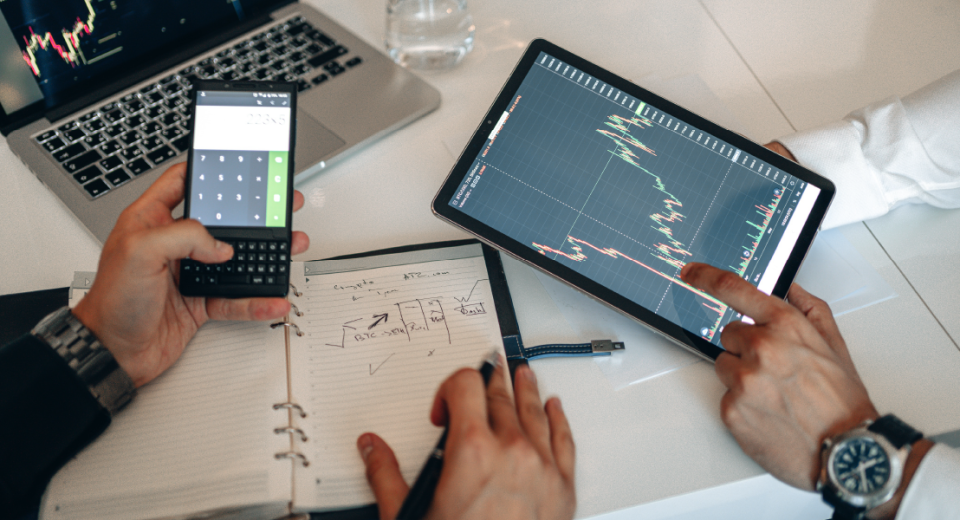The Benefits of Using a Forex Demo Account

FX trading volumes have doubled over the past decade. Although most of the $5 trillion worth of daily trading still happens over-the-counter, between banks and private customers, rather than on exchanges, modernity is creeping in fast. Electronic activities are on the rise in the FX market, where buyers are opting for digital platforms, which can pool prices from multiple dealers. Development is also being fueled by tighter regulations, especially by European regulators, which require asset managers to demonstrate that they are trading at the best prices and leave clear audit trails. Long-dated contracts like CFDs and forwards are becoming more common, boosting liquidity.
It is an increasingly competitive marketplace, and using leveraged products entails a large amount of risk. For new traders, the whole environment can seem quite daunting at first, which is why responsible forex brokers advise that the first trading account should be a forex demo account. It can easily work as a free trading simulator, helping you to learn the intricacies of trading forex, absolutely risk-free.
What is a Forex Demo Account?
It is an account that can be opened on almost every type of trading platform and helps traders get a feel of the real market without having to invest their hard-earned money. Different brokers offer varying choices of demo accounts. Some develop their own proprietary trade set-up, some use white-labelled platforms that are customised and some buy licenses for robust platforms like MT4 and MT5.
In a demo account, traders can practice using the online platform in a simulated live trading environment (with real live quotes), without the need to deposit their own capital. Some brokers offer virtual currency and the latest insights from expert traders.
Such an account offers multiple benefits. Here’s a look.
Become Familiar with the Platform
Jumping straight into live trading will give you no time to explore the platform and its various functionalities, even for experienced traders. The first step is to become comfortable with the platform. For instance, if you wish to use MT4, you get the chance to understand the various order types, technical indicators and how to use them. You learn how to use stop-losses and where to place them.
Using a demo account, you can also get comfortable with how to navigate the platform, find live news feeds, read currency quotes and drag different indicators to the charts. Traders can also evaluate whether they are at all comfortable with the platform or not and ask the broker to provide the necessary tools and educational resources to understand it in a better way.
Test New Strategies and Refine Old Ones
Contrary to popular belief, demo accounts are not for new traders alone. Even experienced traders go back to them, to try out new strategies and hone existing ones. If someone has had a streak of losses, demo accounts could be a way to understand the loopholes in the strategy being implemented.
For new traders, it is a good way to understand how contract sizes can affect profit margins. They also get to see how forex spreads translate in real time, when they place an order. Investors can learn to develop new ideas and methods of maximising gains, while minimising losses and test the strategies here before deploying them in the live markets.
Many platforms, like MT4 and MT5, have trading robots or algorithmic trading options, which needs a certain degree of practice to be implemented in the right configuration. Traders can also learn to create their own indicators. Getting the freedom to trade without risking capital could lead to greater creativity in terms of testing and finding out what works best for you.
Learn About Technical Indicators
To establish a carefully thought-out foothold in a constantly changing forex market, traders need to be well versed in technical indicators. This will help them to know when and where to enter and exit trades. They can learn about price actions and how prices react on support and resistance levels.
The difference between candlestick charts and bar charts is an important thing to understand too, if one is aiming to be a trend trader. This also means that one needs to study trend lines. There are indicators like Fibonacci retracements, MACD, Bollinger Bands and more, which can be practiced on live forex charts via demo accounts.
Not only can traders understand how to use technical indicators, but they can also learn that some of them are not useful for their strategies.
Understand Emotions and Learning to Control Them
A lot of emotions come into play when you risk your hard-earned money on trades. Demo accounts can teach you how to handle both gains and losses without feeling too euphoric or dejected, such that it affects subsequent trade decisions.
It is important to experience these emotions and see how they can impact trading through a demo account, without having to risk real capital. One can understand what equity means in a trading account and the impact leverage can have on gains and losses. One can identify emotions attached to outcomes and develop plans to deal with them in the live markets.
A demo account can help traders understand their strengths and weaknesses. It can guide them into developing definite trading styles and routines. But, traders need to be aware of some limitations of demo accounts too.
Nothing is Perfect, Not Even Demo Accounts
Trading with virtual money leads to freedom, but often traders fail to hone their risk management strategies as a result, knowing that they have nothing to lose. Also, one might not get the real feel of what it is like to trade under pressure, risking your hard-earned money to make more money could be a different feeling altogether, which demo conditions will never replicate.
Many brokers provide insane amounts of virtual money to trade with, which traders in their right minds would never risk in the live markets. This tends to make a trader get into riskier trades, a habit that could be disastrous in the live markets. One also doesn’t learn about money management practices, needed to build a stable savings base.
Despite its drawback, a demo trading account is an important first step to take before taking the plunge into the live markets.




